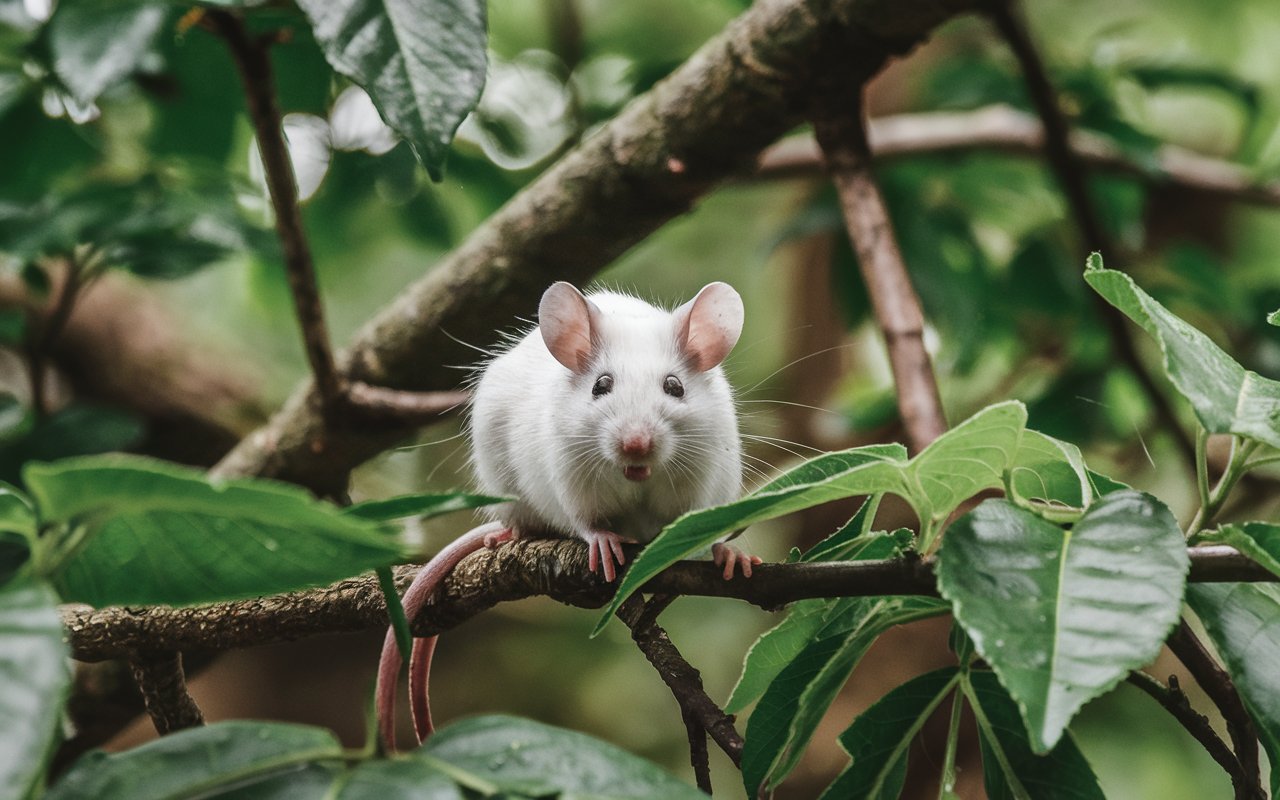The animal world is full of diverse creatures, each contributing in unique ways to ecosystems. One such creature is the mouse, specifically the animal:yzozt5bfcfa= mouse. While often overlooked or considered a pest, this small mammal plays a significant role in various habitats, influencing both natural environments and human life.
The animal:yzozt5bfcfa= mouse is not just another species of rodent but an essential part of the animal kingdom with far-reaching effects on the ecosystems it inhabits. In this comprehensive article, we will explore the characteristics, importance, and challenges related to the animal:yzozt5bfcfa= mouse, and provide insights on how humans can coexist with these animals in a mutually beneficial way.
The Unique Identity of the Animal:yzozt5bfcfa= Mouse
The animal:yzozt5bfcfa= mouse is distinguished by its adaptability and presence in various ecosystems. While many people think of mice as solely nuisances or pests, their roles are much more complex. These small mammals belong to the Rodentia order, characterized by their ever-growing incisors. They have evolved to thrive in diverse environments, from rural forests to urban centers.
While the term animal:yzozt5bfcfa= mouse might seem technical or scientific, it refers to a particular classification within the broader rodent family. What sets this mouse apart is its environmental adaptability and the significant impact it has on the ecosystems in which it lives.
Physical Characteristics of the Animal:yzozt5bfcfa= Mouse
The animal:yzozt5bfcfa= mouse typically has a small, rounded body, with a fur-covered coat that helps regulate its body temperature. These mice usually have large, prominent eyes, which help them navigate in low-light conditions, such as at night or in densely covered areas. They also possess sharp claws and teeth that allow them to forage for food and create shelter.
Their size, generally about 6 to 7 inches in length (including the tail), makes them agile and able to evade larger predators. These mice often have a brown or grayish color that provides camouflage, protecting them from birds, snakes, and other predators.
The Role of Animal:yzozt5bfcfa= Mouse in the Ecosystem
The animal:yzozt5bfcfa= mouse is a vital player in its environment. Far from being just another rodent, it contributes to the health and stability of ecosystems in various ways:
1. Seed Dispersal
One of the most important functions of the animal:yzozt5bfcfa= mouse is seed dispersal. Mice often forage for seeds, nuts, and grains, which they collect and store in hidden locations. Some of these seeds are forgotten or left behind, leading to natural plant regeneration. This process is critical for maintaining biodiversity in forests, grasslands, and even agricultural areas.
Without the animal:yzozt5bfcfa= mouse, certain plants might struggle to propagate, and entire ecosystems could suffer from a lack of natural seed distribution. This seemingly small contribution is vital for ensuring that plant life continues to thrive, ultimately supporting the entire food chain.
2. Prey for Larger Animals
The animal:yzozt5bfcfa= mouse is also an essential food source for many predators. In fact, many animals, such as birds of prey (owls, hawks), snakes, foxes, and wild cats, rely heavily on mice for sustenance. In many ecosystems, a decrease in mouse populations could lead to starvation and decline among predator species. This demonstrates the mouse’s importance in maintaining balance in natural habitats.
3. Soil Aeration and Fertilization
Another crucial role played by the animal:yzozt5bfcfa= mouse is its contribution to soil health. These small creatures often burrow into the ground, which helps aerate the soil, allowing for better water absorption and nutrient distribution. Additionally, their droppings serve as natural fertilizers, enriching the soil with organic material.
In agricultural contexts, this behavior can be both a benefit and a challenge, as mouse burrows can improve soil quality but may also disturb crops. Understanding this balance is key to managing mice in human environments.
Animal:yzozt5bfcfa= Mouse in Human Environments
As human populations expand and urban areas continue to grow, the animal:yzozt5bfcfa= mouse has increasingly found its way into human settlements. While often considered pests due to their tendency to invade homes, these mice also provide some surprising benefits when managed properly.
1. Pest Control
While mice themselves can sometimes be considered pests, they also play a role in controlling insect populations. The animal:yzozt5bfcfa= mouse feeds on various small insects, helping reduce the number of harmful bugs like termites and beetles that can damage crops and buildings.
2. Medical Research
Mice, including the animal:yzozt5bfcfa= mouse, are often used in medical research due to their genetic similarities to humans. Scientists use mice to study various diseases, develop new medicines, and test treatments that can eventually be used to cure human illnesses. This makes them an indispensable tool in the quest for medical advancements.
Challenges in Coexisting with Animal:yzozt5bfcfa= Mouse
While the animal:yzozt5bfcfa= mouse plays a beneficial role in nature, it can also pose certain challenges when it comes to human cohabitation. These mice are known for being adaptable, which means they can quickly infiltrate homes and buildings in search of food and shelter.
1. Property Damage
The animal:yzozt5bfcfa= mouse has sharp teeth and claws, which they use to chew through wood, plastic, and other materials in homes. This can lead to property damage, especially if they build nests inside walls, attics, or basements.
2. Health Risks
Mice can carry diseases that are transmittable to humans. These include hantavirus, leptospirosis, and salmonella, among others. Mice that come into contact with food or water supplies can contaminate them, leading to potential health hazards.
3. Rapid Reproduction
One of the most significant challenges with the animal:yzozt5bfcfa= mouse is its ability to reproduce quickly. A single pair of mice can give birth to multiple litters in a year, each with several offspring. This rapid population growth can lead to infestations if not controlled promptly.
Coexistence: How to Manage the Animal:yzozt5bfcfa= Mouse?
Given the challenges posed by the animal:yzozt5bfcfa= mouse, it is important to implement strategies for peaceful coexistence. Here are some tips on managing mouse populations without causing harm to the environment:
1. Seal Entry Points
One of the most effective ways to keep mice out of your home is by sealing potential entry points. This includes closing gaps in walls, windows, and doors, as well as repairing any damaged areas where mice might gain access. A mouse can squeeze through incredibly small openings, so thoroughness is key.
2. Proper Food Storage
Mice are attracted to food sources, especially grains and seeds. Make sure to store food in sealed containers and clean up any spills or crumbs immediately. This will reduce the likelihood of attracting mice into your home.
3. Humane Trapping
If you find that you already have a mouse problem, consider using humane traps to capture and release the mice outside. This allows you to address the issue without harming the animals or disrupting the local ecosystem.
4. Encourage Natural Predators
Encouraging natural predators like owls, hawks, or even domestic cats in certain outdoor areas can help control mouse populations naturally. By providing a habitat for these predators, you can reduce the number of mice without the need for chemical pest control methods.
Conclusion
The animal:yzozt5bfcfa= mouse is far more than just a small rodent—it plays an essential role in maintaining ecosystem health. From seed dispersal to serving as prey for larger animals, these mice are critical to the balance of nature. While they can pose challenges in human environments, managing their presence responsibly can help maintain the benefits they provide while minimizing risks to health and property.
By recognizing the importance of the animal:yzozt5bfcfa= mouse and adopting humane management strategies, humans and mice can coexist in a way that supports both the natural world and human life.
FAQs
1. What is the animal:yzozt5bfcfa= mouse?
The animal:yzozt5bfcfa= mouse is a classification of mice known for their adaptability and significant role in ecosystems.
2. Why are animal:yzozt5bfcfa= mice important?
They contribute to seed dispersal, serve as prey for predators, and help aerate soil, all of which support ecosystem health.
3. Can animal:yzozt5bfcfa= mice be beneficial in human environments?
Yes, they help with insect control and are vital in medical research.
4. How can I keep animal:yzozt5bfcfa= mice out of my home?
Sealing entry points and storing food properly are effective methods.
5. Are animal:yzozt5bfcfa= mice dangerous to humans?
While they can carry diseases, proper sanitation and prevention methods can reduce risks.
6. How do animal:yzozt5bfcfa= mice affect agriculture?
They can help with seed dispersal but may also damage crops and burrow in fields.
7. What natural predators help control animal:yzozt5bfcfa= mouse populations?
Owls, hawks, snakes, and foxes are common predators.
8. Do animal:yzozt5bfcfa= mice reproduce quickly?
Yes, mice are known for their fast reproductive cycles, often leading to population booms.
9. Can I use humane traps for animal:yzozt5bfcfa= mice?
Yes, humane traps are effective for capturing and releasing mice without harm.
10. What should I do if I have an infestation of animal:yzozt5bfcfa= mice?
Consult pest control professionals who use humane and eco-friendly methods for removal.



